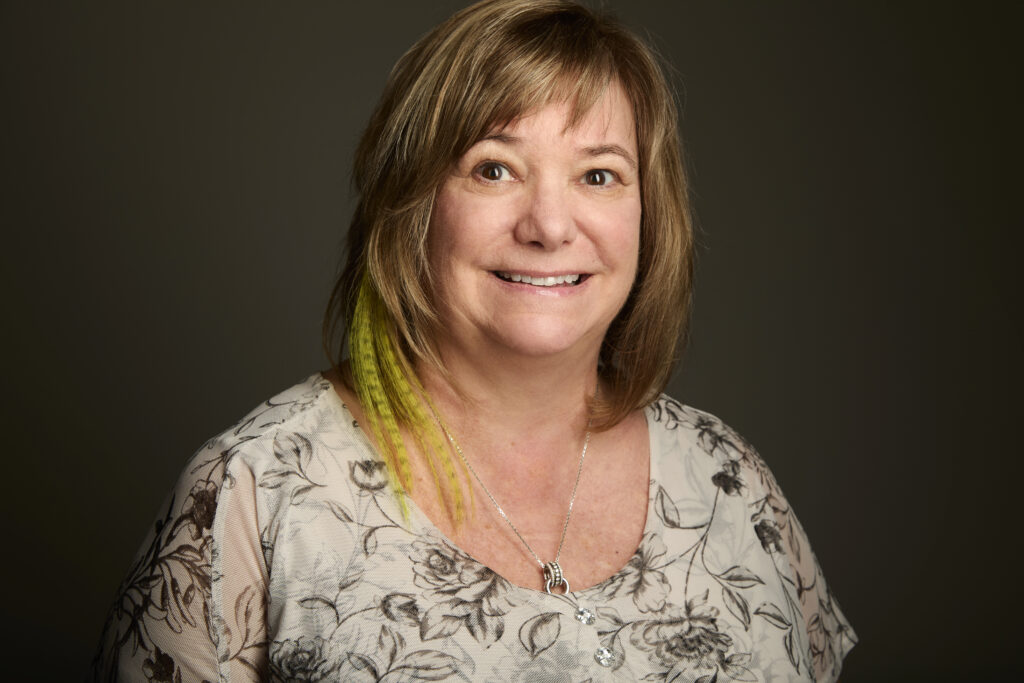Excessive screen time can affect our well-being in a number of ways. Constant notifications, messages and endless scrolling can increase stress and fatigue. Beyond draining our energy, overusing technology can also worsen existing mental health conditions, such as depression and anxiety, making them even more difficult to manage.
As a certified digital wellness educator, Michelle Nogueira is passionate about promoting healthy tech habits through mindfulness. She leads the Recovery Management Program at The Residence at Homewood, one of Canada’s leading mental health treatment facilities, and part of her mission is to help clients re-evaluate how they engage with technology.
She starts by ensuring each individual receives a psycho-education session on digital wellness. “We do a ‘tech tally’,” Nogueira says. First, she has them take stock of how many devices they regularly use and then the group brainstorms all the activities they can do on their devices. “The idea is for patients to realize how wired they are and that access to the world wide web is literally at our fingertips. Then, we work on setting goals for digital self-care.”

Addressing digital wellness is among many unique supports clients can expect at The Residence. The facility, based in Guelph, Ontario, specializes in evidence-based inpatient mental health treatment, tailored to individual needs. It specializes in conditions such as addiction, anxiety, depression, obsessive-compulsive disorder and trauma. Clients benefit from one-on-one attention provided by a dedicated team of medical and clinical professionals, including psychiatrists, psychologists and therapists.
Located on a 50-acre campus, The Residence features amenities such as an on-site gym, personal training, yoga, massage therapy, walking trails and tennis courts. This combination of individualized care and luxury amenities aims to support a holistic approach to recovery. Further, all clients have access to the amenities throughout the rest of the campus and within Homewood Health Centre, including a library, recreation centre, non-denominational spiritual centre and more.
For many, part of recovery involves rethinking tech-life balance. While anyone is susceptible to digital overconsumption, Nogueira sees a prevalence among high-performing individuals. “For those in high-pressure c-suite or executive jobs, it can be easy to use tech as a way to relax, escape and unwind,” she says. “These individuals are frequently connected, often with no boundaries between work and home, which can create digital overload and burnout.” With that level of stress, says Nogueira, using technology as a source of coping or unwinding can be an all-too-easy solution.
Pre-existing mental health or addiction issues can increase the likelihood of developing a problem with tech overuse. Nogueira notes that she sees many clients “using it to self-medicate or deal with difficult emotions, stress, anxiety or boredom.”
“Your use of technology is a problem if it’s hurting relationships or interfering with things in life that you value,” she continues. “It might be impacting school or work. Maybe you’re not getting tasks done because you’re constantly online.”
When working with clients who want to reset boundaries around digital use, Nogueira uses a mindfulness-based approach to promote more intentional engagement with tech. “We look at ways to increase their capacity to manage screen time, thereby improving overall quality of life,” she says.
Among the strategies Nogueira encourages with her clients at The Residence, is turning smartphones to grayscale. “By design, phones use bright colours—the notifications are bright red and orange, for example—which draws in our attention,” she says. “Grayscale can make phones less alluring.”
She encourages “thoughtful checking,” which might include leaving the phone in another room for a set period or scheduling specific times to check your phone. Nogueira also points to the 20-20-20-20 rule. After every 20 minutes, you take a 20-second break, look at something 20 feet away and blink 20 times. For more strategies, see the ‘tips and tricks’ below.
After completing their treatment stay, clients can access The Residence’s Recovery Management Program. “It helps keep what they’ve learned in treatment alive and at the forefront,” explains Nogueira. “My job is to help them take all the great work they did in treatment and apply the same strategies to everyday stressors when they re-enter their everyday lives.”
Unlike other inpatient facilities where treatment can stop at the door, The Residence’s Recovery Management Program is unique in that it is available to clients for up to a full year and is included in their treatment plan. “It’s part of the continuum of care that Homewood is known for,” Nogueira says.
That care continuum can be accessed in person, over the phone or through video calls. Says Nogueira: “Just earlier today, I read one of our client satisfaction questionnaires where the client noted that the recovery management program ‘saved my life.’”
Tips and tricks for improving digital wellness
- Eat meals away from screens.
- Make time to interact with nature—balance screen time with green time.
- Have a digital curfew—log off devices 60 minutes before sleep.
- Use apps to track your screen time.
- Catch yourself refreshing social media feeds. Ask: “What am I hoping to find?”
- Turn off notifications, even if just for a window of time.
- Don’t nibble on your inbox. Check it 2-4 times a day.
- Limit exposure to upsetting content (e.g., news, social media)
- Log out of social media platforms or apps after you’re done using them.
- Disable the auto-play feature on YouTube or other streaming services.
- Remove tech temptations from your home screen.
- Unfollow/block/delete friends who post too many negative comments on social media.
Disclaimer: This story was created by Canadian Family Offices’ commercial content division on behalf of The Residence at Homewood, a member and content provider of this publication.

